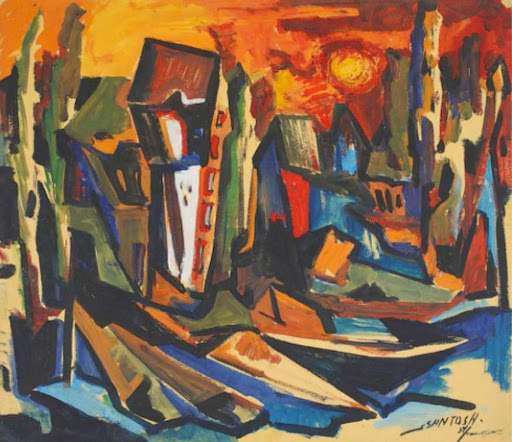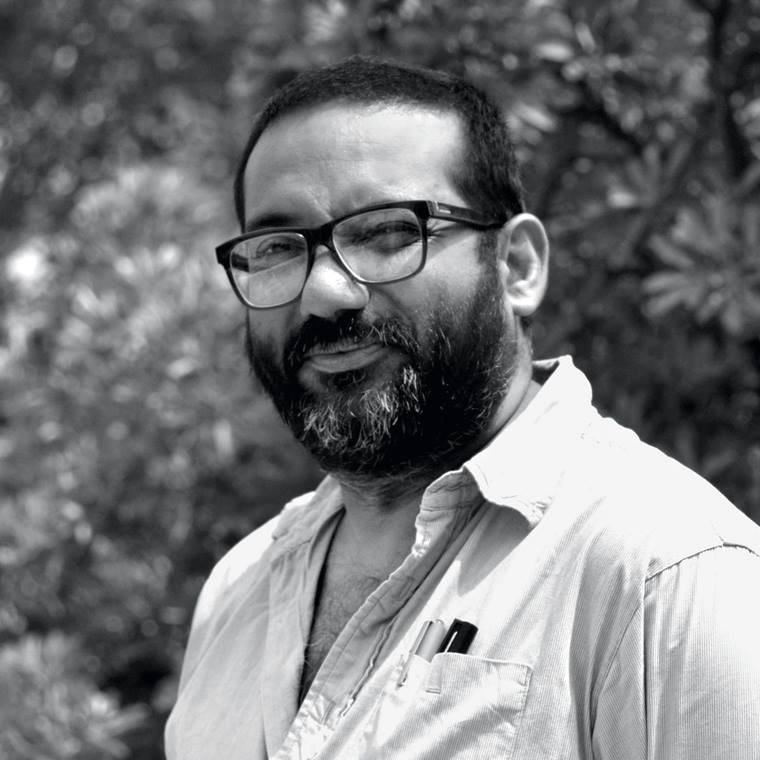
Oil painting, as an art form, has captivated artists for centuries due to its richness, versatility, and the depth it offers in expression. Among contemporary artists who have embraced this medium with a unique voice is Vikash Kalra. His oil paintings reflect a profound connection with nature and an intense personal expression that resonates deeply with viewers. In this article, we explore the inspirations behind Kalra’s oil painting, focusing on how nature and emotional expression shape his work.
The Timeless Appeal of Oil Painting
Oil painting is revered for its ability to capture intricate details and vibrant colors that remain durable over time. Artists like Vikash Kalra utilize this medium to create works that not only depict scenes but also evoke emotions. The layers of oil paint, when applied skillfully, offer depth and texture, inviting viewers into the artist’s world. Kalra’s approach to oil painting is both classical and innovative, blending traditional techniques with contemporary themes.
Nature as the Core Inspiration in Kalra’s Oil Painting
Nature has been a timeless muse for artists worldwide, and Vikash Kalra is no exception. His oil paintings often draw inspiration from natural landscapes, flora, fauna, and the changing moods of the environment. The lush greenery, dynamic skies, and intricate details of plants become central elements in his canvases. Through oil painting, Kalra captures not just the physical beauty of nature but also its spirit and vitality.
The texture achievable with oil paints allows Kalra to depict the tactile quality of natural elements — the rough bark of a tree, the delicate petals of a flower, or the shimmering surface of water. These details invite the audience to experience nature through a sensory lens, making his oil painting immersive and evocative.
Expression Through Color and Form
Beyond representing nature realistically, Vikash Kalra uses oil painting as a medium for personal expression. His choice of colors often reflects his emotional state or the mood he wishes to convey. Warm hues might evoke feelings of comfort and nostalgia, while cooler tones suggest tranquility or introspection. The fluidity of oil paints lends itself perfectly to these emotional shifts, allowing for both bold and subtle transitions.
Kalra’s brushstrokes vary from delicate and precise to bold and sweeping, creating a dynamic interplay between form and feeling. This expressiveness in his oil painting sets his work apart, transforming each piece into a narrative of personal and universal emotions.
Techniques That Define Kalra’s Oil Painting Style
Vikash Kalra’s mastery over oil painting techniques adds a distinctive texture and depth to his work. Techniques such as glazing — applying thin layers of translucent paint — create luminosity and richness in colors. Impasto, the thick application of paint, adds physical texture that brings parts of the painting into relief, enhancing the sensory experience.
Kalra’s ability to balance these techniques within his compositions reveals his deep understanding of oil painting’s potential. Each brushstroke is deliberate, contributing to the overall harmony between natural inspiration and emotional expression.
The Role of Light in Kalra’s Oil Painting
Light is a fundamental element in oil painting and in Kalra’s work, it takes on a special significance. His paintings often explore the interplay between light and shadow, creating dramatic contrasts that heighten the emotional impact. The way light falls on natural elements in his paintings adds dimension and realism, making the scenes almost tangible.
This manipulation of light is a testament to Kalra’s skill and his appreciation of nature’s transient moments — the golden hour glow, the softness of dawn, or the starkness of a stormy sky. Oil painting enables him to capture these fleeting effects with remarkable fidelity.
Themes Beyond Nature: Human Connection and Reflection
While nature remains the primary inspiration, Vikash Kalra’s oil paintings also delve into themes of human connection and reflection. Some of his works incorporate human figures intertwined with natural settings, symbolizing the intrinsic bond between humans and their environment. These compositions invite viewers to reflect on their own relationship with nature and their inner emotions.
Oil painting, with its capacity for detail and expression, serves as a powerful tool for this introspection. Kalra’s art becomes a dialogue between the viewer and the canvas, encouraging personal interpretation and emotional engagement.
The Evolution of Kalra’s Oil Painting Journey
Kalra’s journey in oil painting has evolved through constant experimentation and learning. Starting with foundational studies in classical techniques, he has expanded his style to include contemporary elements and symbolic motifs. This evolution reflects in the diversity of his portfolio, where each piece offers a fresh perspective on oil painting as a medium.
His dedication to the craft and his ability to convey complex emotions through nature-inspired imagery have established him as a significant voice in modern Indian oil painting.
Why Oil Painting Remains Relevant in Contemporary Art
In an age dominated by digital media and new art forms, oil painting remains relevant because of its tactile qualities and emotional depth. Vikash Kalra’s work is a perfect example of how this traditional medium continues to inspire and communicate powerful stories. The process of creating oil painting requires patience and skill, which adds authenticity and value to each artwork.
Kalra’s paintings serve as a reminder that despite technological advances, the essence of art lies in the hands and heart of the artist, working with timeless materials like oil paint.
Conclusion: The Enduring Power of Oil Painting in Kalra’s Art
Vikash Kalra’s oil painting stands as a testament to the enduring power of this medium to capture both the beauty of nature and the complexities of human emotion. Through his thoughtful use of color, texture, light, and form, Kalra transforms simple natural scenes into profound expressions of life and feeling.

Vikash Kalra is a self-taught artist and writer based in New Delhi whose work has been exhibited across India and is held in several private and corporate collections.